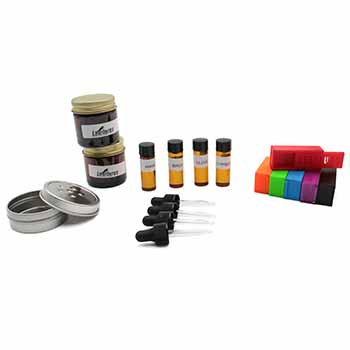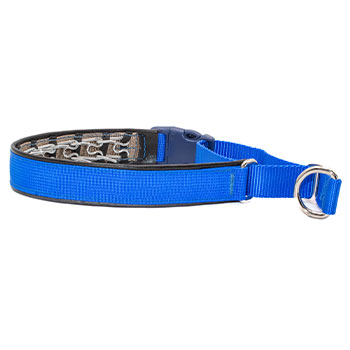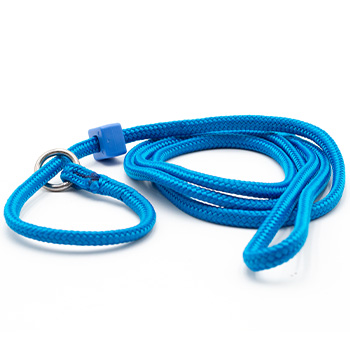| Page 1 of 1 1 |
 Previous Topic Previous Topic |
 Index Index |
 Next Topic Next Topic |
Page 1 of 1 1 |
| Webboard Moderators: Kevin Sheldahl, Cindy Easton Rhodes, Chuck Fantasia, Deanna Thompson, Roni Hoff, Bob Scott, Will Rambeau, Kelly , Connie Sutherland, Leerburg Staff |
When purchasing any product from Leerburg Enterprises, Inc. it is understood that any and all products sold by Leerburg Enterprises, Inc. are sold in Dunn County Wisconsin, USA. Any and all legal action taken against Leerburg Enterprises, Inc. concerning the purchase or use of these products must take place in Dunn County, Wisconsin. If customers do not agree with this policy they should not purchase Leerburg Ent. Inc. products.
Dog Training is never without risk of injury. Do not use any of the products
sold by Leerburg Enterprises, Inc. without consulting a local professional.
The training methods shown in the Leerburg Ent. Inc. DVD’s are meant
to be used with a local instructor or trainer. Leerburg Enterprises, Inc. cannot
be held responsible for accidents or injuries to humans and/or animals.
Copyright 2010 Leerburg® Enterprises, Inc. All rights reserved. All photos and content on leerburg.com are part of a registered copyright owned by Leerburg Enterprise, Inc. By accessing any information within Leerburg.com, you agree to abide by the Leerburg.com Privacy Policy and Terms of Use.













 Top
Top


.jpg)